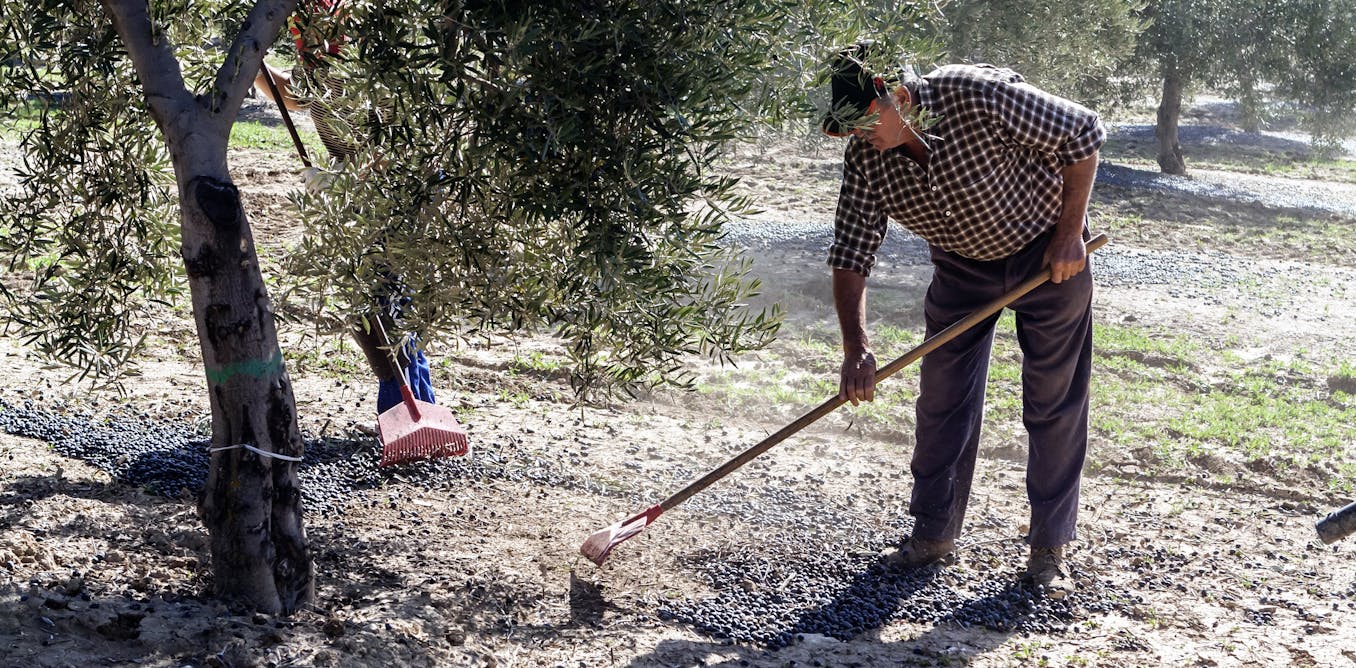Parchin kari, also known as pietra dura in Italian, is an intricate art form that involves carving out marble slabs and inserting precious and semiprecious stones to create elaborate floral and geometric patterns. One of the most famous examples of marble inlay is the Taj Mahal in India, a UNESCO World Heritage site renowned for its exquisite craftsmanship and beauty. The descendants of the artisans who worked on the Taj Mahal in the 17th century continue to practice this traditional art form today, keeping their ancestral skills alive.
A community of these craftsmen is based in Agra, just 300 feet from the Taj Mahal, where they continue to create stunning marble inlay artworks that showcase their craftsmanship and dedication to their heritage. However, the number of artists capable of producing the most intricate designs is in decline, with the current count standing at around 3,000 artists compared to 10,000 two decades ago. This decline poses a challenge to the preservation of this ancient art form and highlights the importance of supporting these artisans and their craft.
Despite facing challenges such as a dwindling number of skilled craftsmen and changing market demands, the descendants of the Taj Mahal artisans are determined to keep the tradition of marble inlay work alive. Through their dedication and passion for their craft, they continue to create exquisite pieces that pay homage to their ancestors and the cultural heritage of India. As they strive to uphold the legacy of the Taj Mahal and preserve the art of marble inlay, these artisans play a vital role in sustaining a tradition that has been passed down through generations.
Watch the video by Business Insider
Video “How Descendants Of Taj Mahal Artisans Are Keeping Marble Inlay Work Alive | Still Standing” was uploaded on 10/09/2024 to Youtube Channel Business Insider




































Leave a Reply